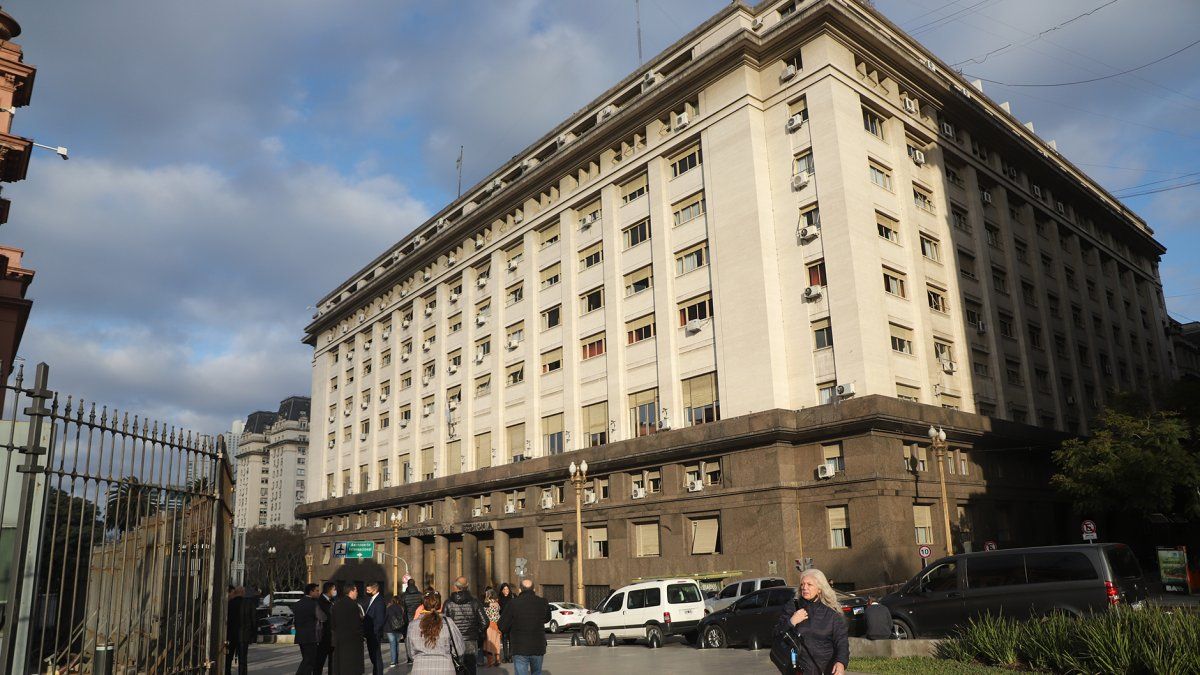Although the operation was announced by Massa as a mechanism aimed at improving the maturity profile of the debt in dollars, in the market it was interpreted as a way of formally showing that the Central Bank is going to openly intervene to control the price of financial dollars. .
The reality is that the buyback announcement aroused criticism both locally and internationally. Last week it was learned that the officials of the International Monetary Fund (IMF) told the Argentine authorities that they were in disagreement, because the Government has very few net reserves to finance this operation.
On the other hand, the Palacio de Hacienda went out to promote that it already had the approval of a couple of international banks and a sovereign fund to obtain a REPO type credit (Repurchase agreement) that would allow it to access some US$2,500 million. to finance the buyback, but that hasn’t happened yet. The negotiation is still in a confidentiality period.
After buying almost US$2,000 million in December thanks to the second edition of the “soybean dollar”, the dynamics of the BCRA’s intervention in the MULC showed a break in mid-January, Ecolatina points out.
The entity led by Miguel Pesce went from buying US$285 million in the first 11 rounds of the year to selling US$476 million in the last 11 rounds of January and as a result, the monetary authority closed the month with a negative balance of US$ s191 million, slightly above the $136 million it sold in January 2022.
And in February the problem will tend to worsen, because there is a seasonal drop in the demand for pesos, combined with a smaller amount of dollars as a result of the advances that were made with the “soybean dollar” programs. “Looking ahead to a new month, the background shows that the exchange rate scenario in February is usually more challenging than in January: in 15 of the last 20 years the net balance of the BCRA in the Single and Free Exchange Market (MULC) was worse in February than in January”, details Ecolatina. Added to this, the entity indicates that unless new measures are taken “it is most likely that the monetary authority will continue to dispose of foreign currency during February.”
The cost is high for what was achieved in terms of exchange rate tranquility. “The blue dollar showed a gap of 102% ($379) when the previous week closed at 107%. In turn, the gap between the official price and the CCL went from 97% to 94% ($364), while with the MEP it went from 92% to 90% ($357)”, Ecolatina pointed out.
Source: Ambito




